Belousov Igor
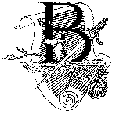
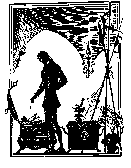
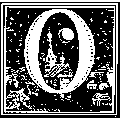
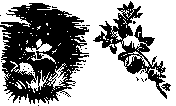
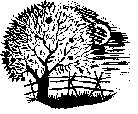
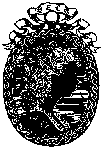
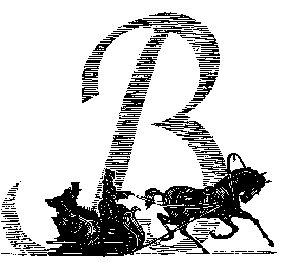
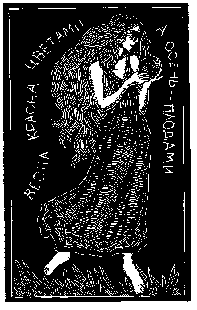
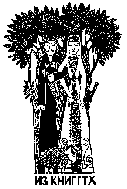
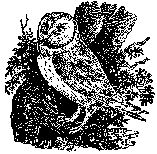
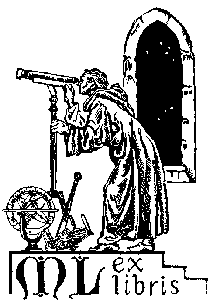
The xylography
The Students of workshop of the book from 3-rd rate study master the technique and technology of engraving on a wood - xylography. The tasks under the graphic decision of initial, headpiece, tailpiece, of the illustration and ex-libris, that is all elements of registration of the book are carried out. The engraving is not mechanical carry of ready figure, it is fascinating creative process in a presence of representational language for each form, plane and tone.
Course works on xylography 1999-2000.
Belousov Igor |
|||
| Milovanova Galina |  |
 |
|
| Burmisiva Natalia |  |
 |
 |
| Levchenko Olga |  |
 |
|
| Kuzmina Irina |  |
 |
|
| Vasiljeva Elena |  |
Komrakova Ecaterina |  |
| The xylography (from Greek word: Xylon — the cut down tree and... grapho — I write, I draw), engraving on a wood, — manufacturing of a cliche by a manual way on a wooden board with the smoothly ground surface. The main requirement - the wood should be firm and small-vascular (box-tree, hornbeam ,beech, a pear etc.) Depending on a used board, distinguish: a square engraving (longitudinal sawing of a trunk of a tree) and a wood engraving on butt-end (cross sawing and pasting of a board from rectangular bars), which began to apply English engraver Thomas Bewick (1753-1828) at the end of 18 centuries to illustrations of the books (The General History of Quadrupeds, A General Synopsis of Birds ) |
|
"The earliest engraved printing units were wood engravings, in which the nonimage areas of an illustration were removed by carving them from the surface of a flat wood block. The oldest known illustration printed from a wooden block was a Buddhist scroll discovered in 1866, in Korea. While the dating of the print is not exact, it is believed to have been prepared about AD 750. The Chinese Diamond Sutra, dated 868, incorporates a woodcut title page and text that includes numerous woodcut images.From these 8th- and 9th-century dates, it is clear that the use of woodcuts (images cut into a surface parallel to the wood grain) and wood-block engravings (images incised into the end grain of an assembled block) antedates the invention of movable type. The earliest extant example of a European print from a wood engraving to which a reliable date may be attributed is a print entitled "St. Christopher," dated 1423, discovered in the library of the Carthusian monastery in Buxheim, Germany. Another authenticated example of 15th-century wood-block printing is the "Apocalypse of St. John," printed in 1450, after a 14th-century manuscript." - writes.
Colour xylography — difficult technological and printed process, where for one image cut out some boards and consistently print on one sheet. Depending on complexity of a colour score, the quantity of boards can reach 10-15 pieces. Distinguish also original and reproduction xylography, but in some cases the skill of the carver becomes in one line with the author of the reproduced image. Such prints, due to masterly execution, have independent art value and are going by the collectors. The xylography now is used mainly, as an art - technique illustrate of the books, creation of ex-librises and other printed graphic arts.. The woodcut is carried out on a board longitudinal sawing by knifes and chisels (angular and semicircular), used in joiner's business.The xylography requires at angraving other tool - cutters used for processing on metal, for example in jeweller business.
Chiroscuro (from Italian word: Chiaro e scuro - Light and shadow) - a version of an multicolourful wood engraving, which has created Italian painter and woodcarver Ugo da Carpy (ок. 1480-1532) and in 1516 has received the privilege from the Venetian Senate on a new way of a seal. In chiroscuro is absent drawing a shaped contour and the image develops of three-four boards, in which the represented forms are transferred wide flat spots, which combination created rich scale of a sheet. Frequently apportionment was conducted on tone, on gradation treatment of light and shade, and such engravings reminded one-colour, and not multi-colour.
The Cliche (from France word: cliche) — the form of a high seal for polygraphic reproduction of illustrations. Is made photomechanical, electromechanical and manual ways.